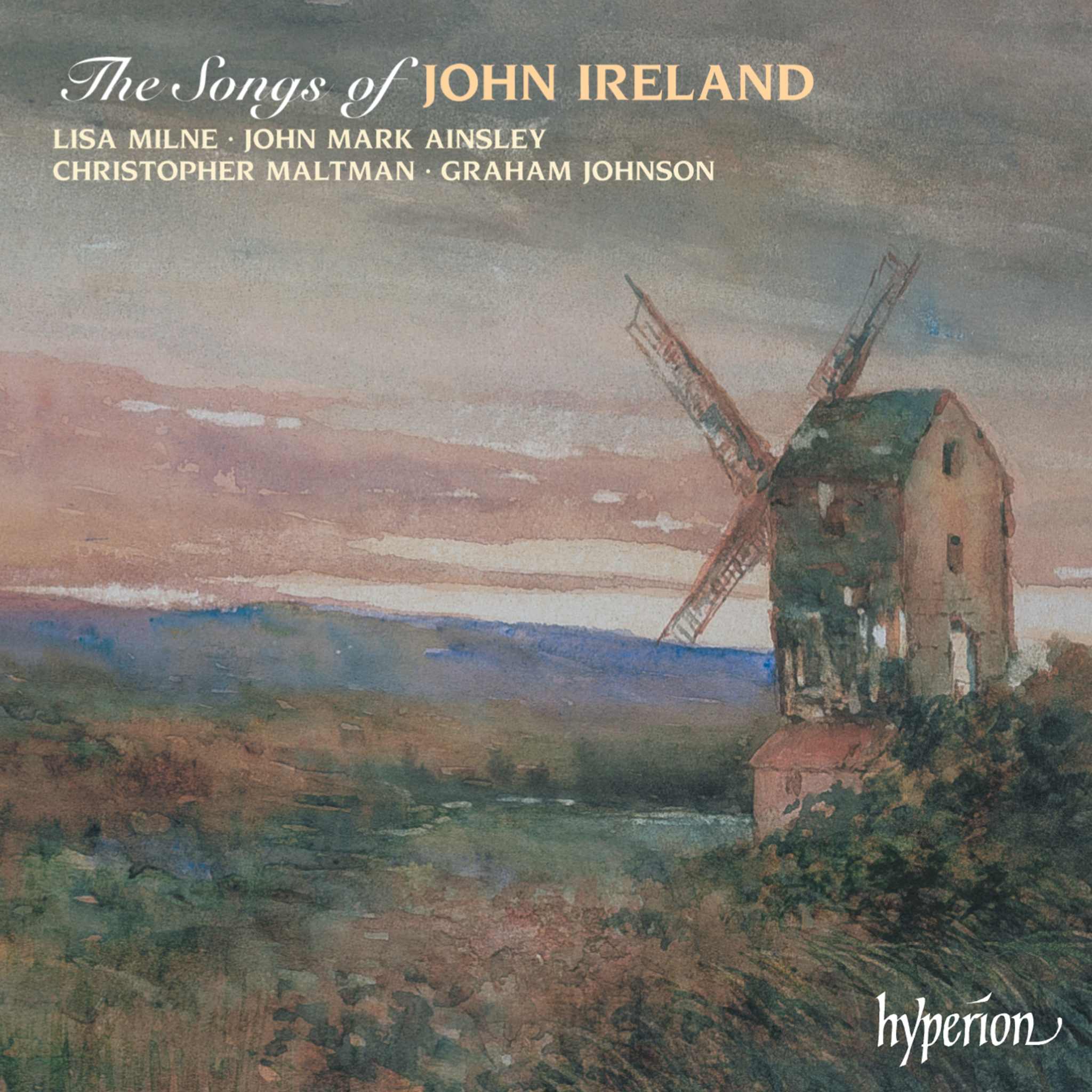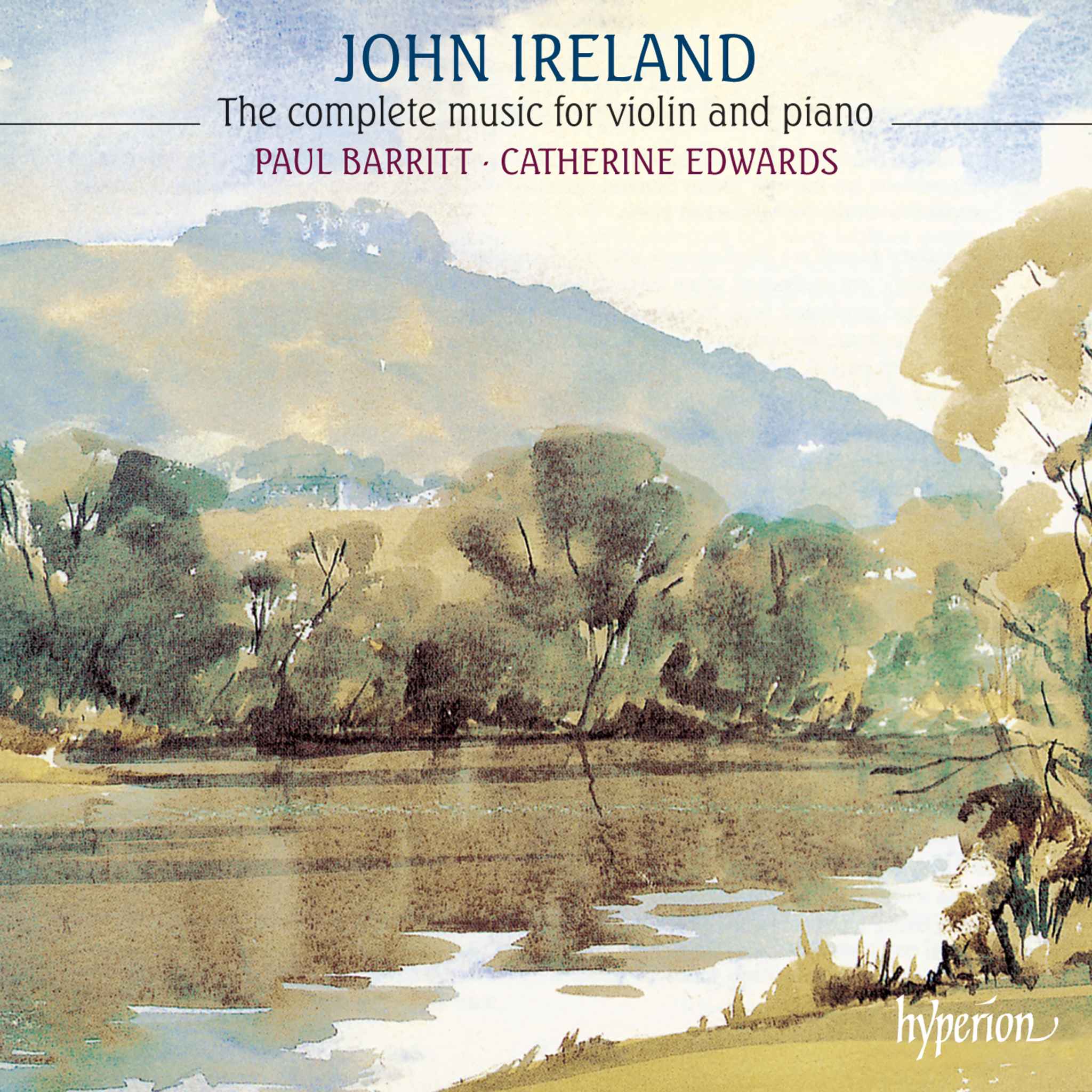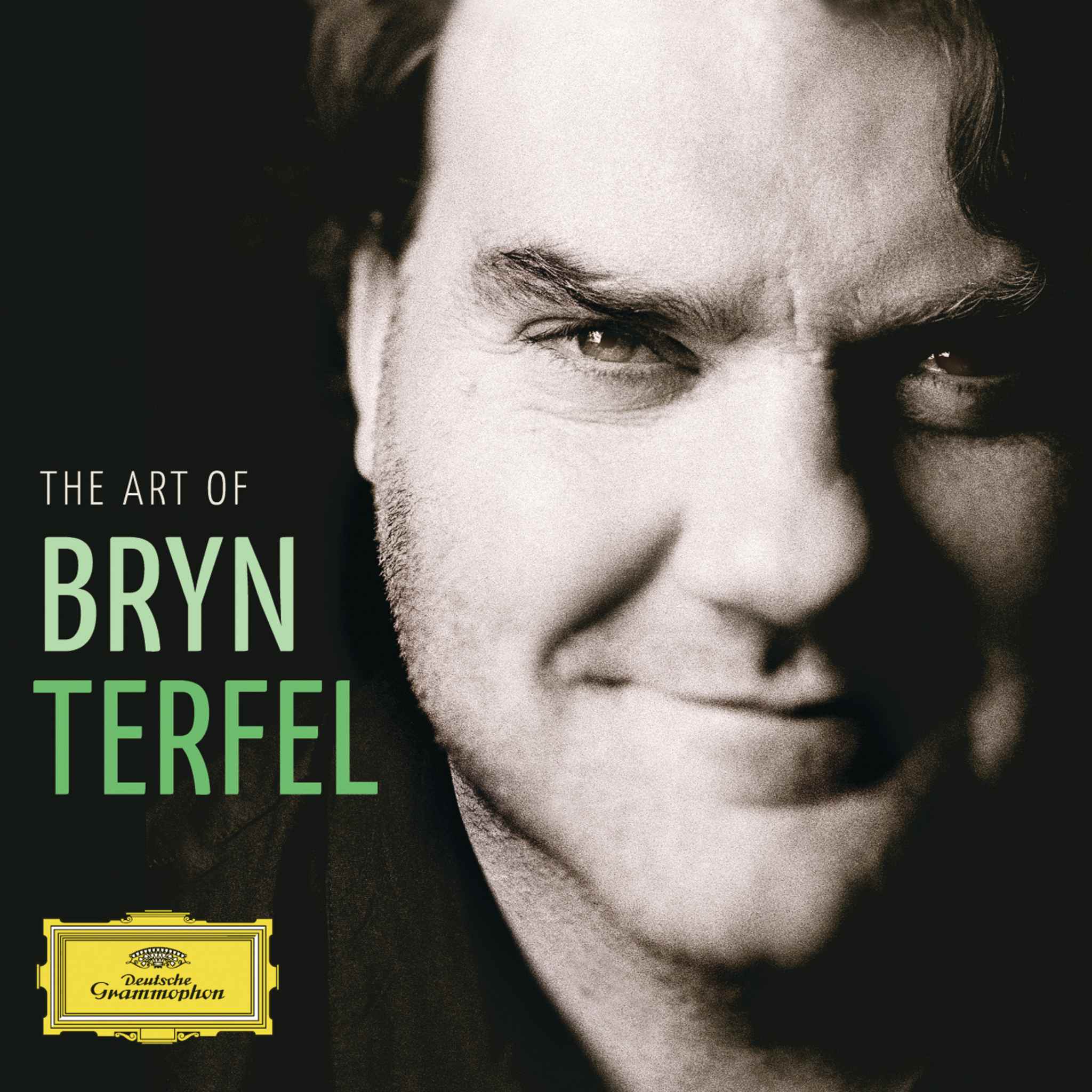Rising Star Theodore Platt: Fascinating Works by John Ireland
Discover the illustrious works of famed English composer, John Ireland, brought to life by the exceptionally talented Theodore Platt and various artists. Be treated to a captivating collection including the notable Piano Concertos, Choral Music and Hymns.
Ascend into the Harmonious World of John Ireland's Music
Experience the magnetic enchantment of John Ireland's acclaimed works. Born in Bowdon, Cheshire on August 13, 1879, John Nicholson Ireland (1879–1962) was a significant English composer and music teacher, renowned for his contributions to early 20th-century British music. His career was marked by a distinctive focus on piano miniatures and songs with piano, but his output also includes celebrated orchestral, choral, and chamber music.
A Rich Endeavor Into The Works of John Ireland
Uncover the musical prowess of John Ireland through a collection of his famed pieces. Ireland studied and later taught at the Royal College of Music in London, where his notable students included Benjamin Britten and E.J. Moeran. He served as sub-organist at Holy Trinity Church, Sloane Street, before becoming organist and choirmaster at St Luke’s Church, Chelsea, for much of his life.
Notable Performances of John Ireland's Repertoire
Journey during the creative depth of John Ireland's musical assortment brought to life by notable artists. Ireland’s music is characterized by lyricism, subtle harmonies, and a reflective English character. Some of his most renowned works include The Holy Boy, a short piece originally for piano, later arranged for various ensembles, and one of his best-loved works. His lyric songs and miniatures, including a famous setting of John Masefield's poem "Sea-Fever", are also noteworthy.
Ireland's Piano Concerto in E-flat major was once a popular staple of the British repertoire, showcasing his rich harmonic language and melodic invention. His revered choral motet, Greater Love Hath No Man, and hymn tune, Love Unknown, remain familiar in church music circles. His Violin Sonata No. 2 in A minor brought him his initial public success and remains a core part of the British chamber repertoire.
Ireland retired to Rock Mill, near Washington, Sussex, in 1953 and died there on June 12, 1962. He is buried in nearby Shipley churchyard. His music continues to be celebrated and performed by artists like Theodore Platt, ensuring his legacy lives on.












